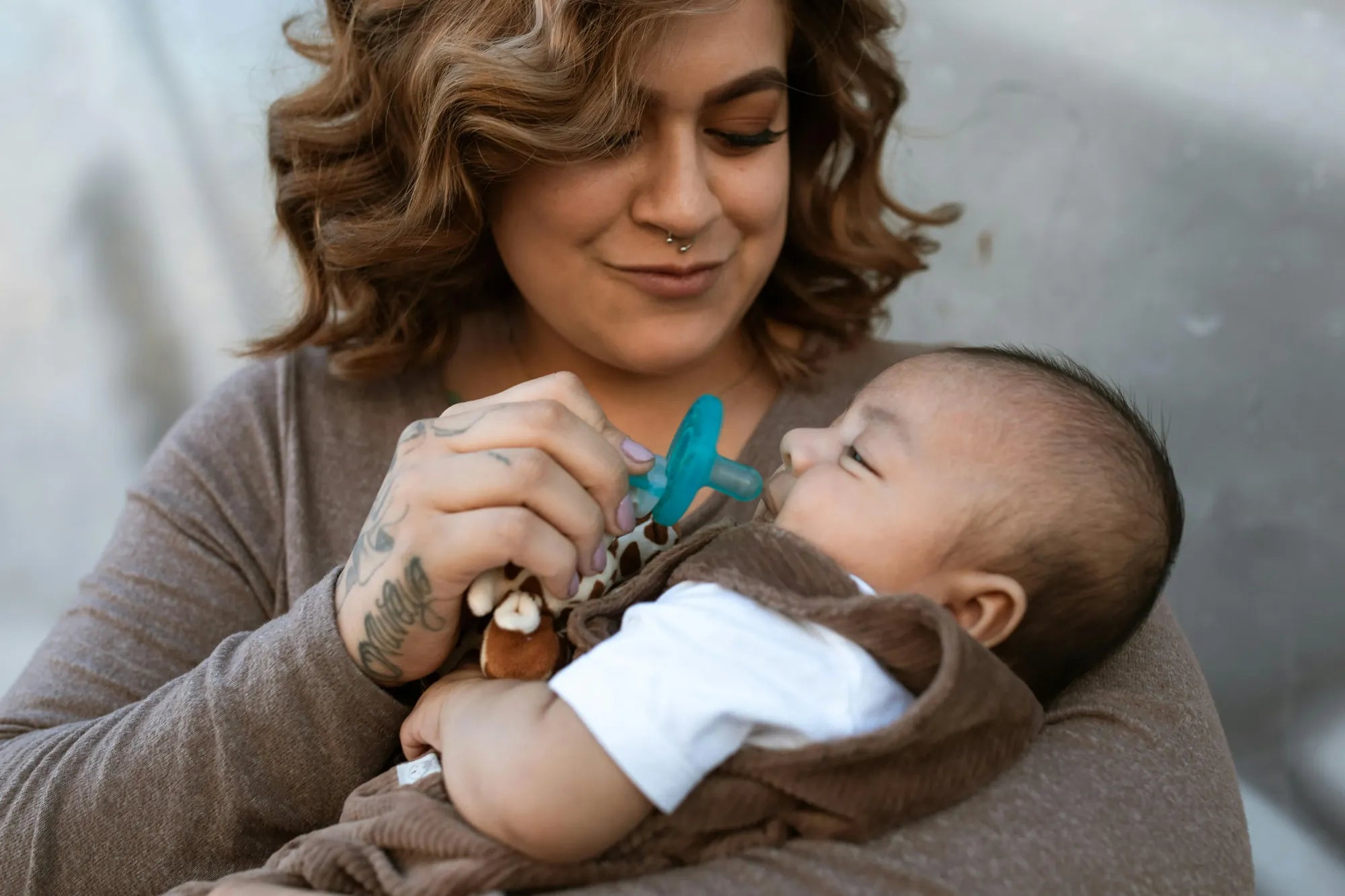Home
Pregnancy, Breastfeeding, and Pumping: The Ultimate Guide for Moms
What Do You Pump Into When Using a Breast Pump

What Do You Pump Into When Using a Breast Pump
When it comes to breastfeeding, many mothers turn to breast pumps as a convenient and effective way to express milk. But what exactly do you pump into when using a breast pump? This article will delve into the various components and considerations involved in the process, ensuring that you are well-informed and prepared.
Understanding the Basics
Before diving into the specifics, it's important to understand the basic components of a breast pump. Typically, a breast pump consists of a breast shield, a collection container, and tubing that connects to a motor. The breast shield is placed over the nipple, and the motor creates suction to express milk, which is then collected in the container.
Types of Collection Containers
There are several types of collection containers that you can pump into when using a breast pump. These include bottles, bags, and specialized containers designed for storage and feeding. Each type has its own advantages and disadvantages, so it's important to choose one that best suits your needs.
Bottles
Bottles are a common choice for many mothers. They are easy to use, reusable, and can be directly attached to the breast pump. Bottles also come in various sizes, allowing you to collect and store different amounts of milk. However, they can take up more space in your refrigerator or freezer compared to other options.
Bags
Breast milk storage bags are another popular option. They are lightweight, compact, and designed specifically for freezing milk. Bags are a great choice if you need to store large quantities of milk or if you have limited storage space. However, they are typically single-use, which can be less environmentally friendly and more costly over time.
Specialized Containers
Some mothers prefer specialized containers that are designed for both storage and feeding. These containers often come with features like measurement markings, airtight seals, and compatibility with various feeding accessories. While they can be more expensive, they offer added convenience and versatility.
Hygiene and Safety Considerations
Maintaining hygiene and safety is crucial when using a breast pump and collecting milk. Always ensure that your hands, breast pump components, and collection containers are clean before use. Regularly sterilize your breast pump parts and containers to prevent contamination and ensure the safety of your milk.
Cleaning and Sterilizing
After each use, disassemble your breast pump and wash all parts that come into contact with milk in warm, soapy water. Rinse thoroughly and allow them to air dry. For added safety, sterilize the components by boiling them in water for a few minutes or using a steam sterilizer. This helps to eliminate any bacteria or germs that could contaminate your milk.
Proper Storage
Once you've pumped your milk, it's important to store it properly to maintain its quality and safety. Freshly expressed milk can be stored at room temperature for up to four hours, in the refrigerator for up to four days, or in the freezer for up to six months. Always label your containers with the date and time of expression to keep track of freshness.
Maximizing Efficiency
To get the most out of your breast pumping sessions, there are several tips and techniques you can follow. These include finding a comfortable and private space, using the correct breast shield size, and establishing a consistent pumping schedule.
Comfort and Privacy
Finding a comfortable and private space to pump can make a significant difference in your experience. Choose a quiet, relaxing environment where you can sit comfortably and focus on the task at hand. Some mothers find it helpful to use a nursing cover or blanket for added privacy.
Correct Breast Shield Size
Using the correct breast shield size is essential for efficient milk expression and comfort. A shield that is too small or too large can cause discomfort, reduce milk flow, and even lead to nipple damage. Measure your nipple size and choose a shield that fits properly to ensure optimal performance.
Consistent Pumping Schedule
Establishing a consistent pumping schedule can help to regulate your milk supply and make the process more predictable. Try to pump at the same times each day, and aim for sessions that last about 15-20 minutes. If you're pumping at work, communicate with your employer to ensure you have adequate breaks and a private space to pump.
Emotional and Physical Considerations
Breast pumping can be both emotionally and physically demanding. It's important to take care of yourself and seek support when needed. Remember that every mother's journey is unique, and it's okay to ask for help or make adjustments as needed.
Emotional Support
Breast pumping can sometimes feel isolating or overwhelming. Reach out to friends, family, or support groups for encouragement and advice. Sharing your experiences with others who understand can provide valuable emotional support and help you feel less alone.
Physical Well-being
Taking care of your physical well-being is equally important. Stay hydrated, eat a balanced diet, and get plenty of rest to support your milk supply and overall health. If you experience any pain or discomfort while pumping, consult with a lactation consultant or healthcare provider for guidance.
Understanding what you pump into when using a breast pump is just one aspect of the breastfeeding journey. By choosing the right collection containers, maintaining hygiene, and maximizing efficiency, you can make the process smoother and more effective. Remember to take care of yourself and seek support when needed, as your well-being is just as important as your baby's. Happy pumping!
Share
